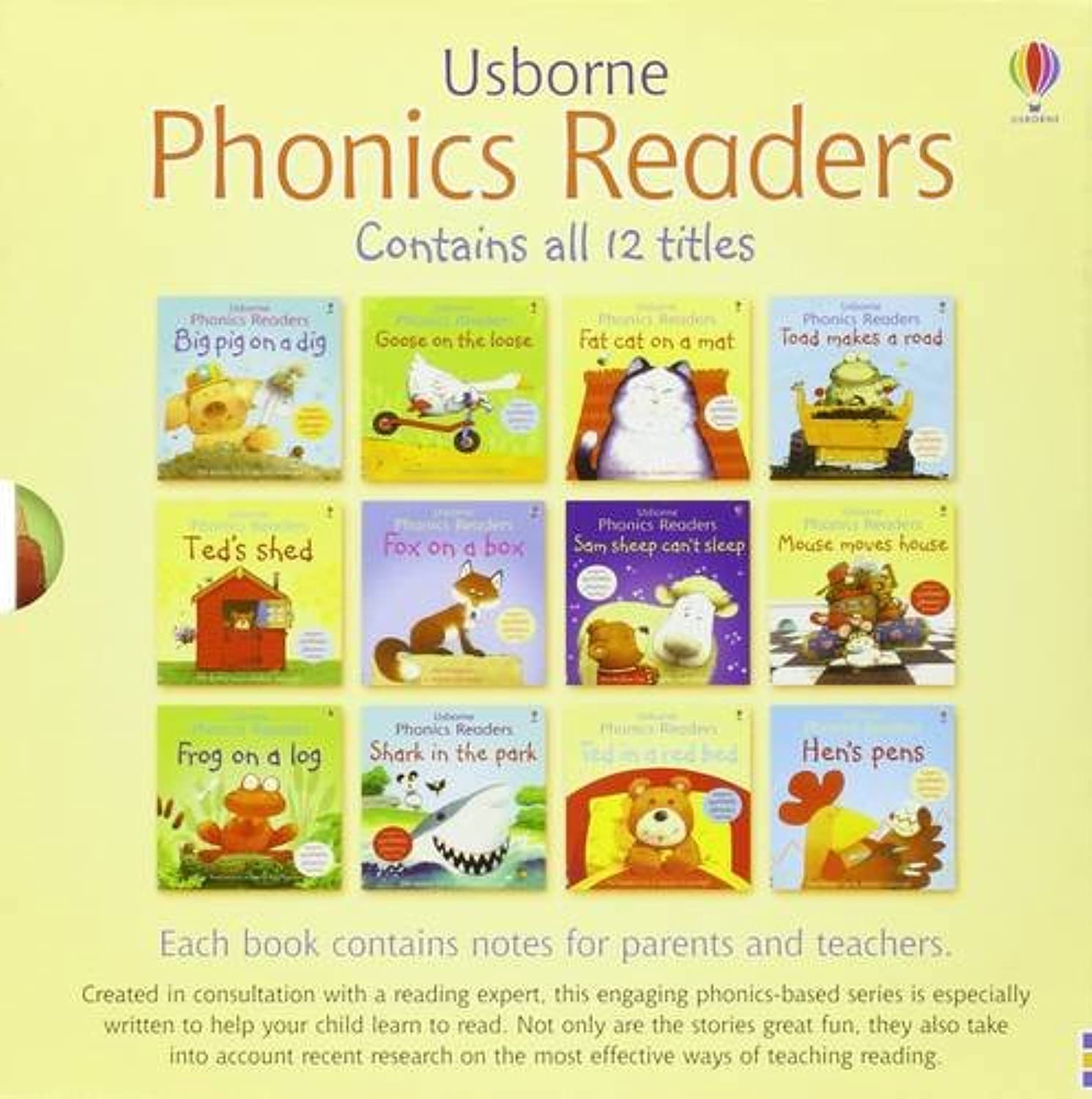About this deal
In schools that get safeguarding right, leaders create a culture that safeguarding is “everyone’s business, all of the time”. In this school, leaders seem to have done the same with reading. Everyone we spoke to appeared to view teaching pupils to read – and to read well, with confidence and fluency – in this way. Identifying pupils’ reading gaps When you discover that your child has learned their letter sounds, and you feel that he/she is ready to begin combining those sounds to create words, then he/she is ready for a Phonics Reader Set. And I wholeheartedly recommend any of the below 10 Sets to you today! I have weighed pros and cons for each reader, and I share my favorites. The most important thing we need to ask ourselves is: Is your child easily distracted, so do you need fewer pictures? (Bob Books, Fun Tales, Primary Phonics)
Training supported an ethos that valued and understood the importance of investing in reading and staff working together to help struggling readers. This culture of collaboration was evident in our discussions with staff. One reading support teacher said: Importantly, in these schools, the data shared about struggling readers always went beyond reading ages. Schools often had individual ‘pupil profiles’ that included information about specific reading programmes pupils were using. For instance, reading support staff in one school described how a pupil’s individual learning profile included their strengths, what they struggle with, interventions that are happening or that have already happened, and strategies to help them. All staff had access to this. It was important to talk to pupils about the help they got with reading. By talking to pupils directly, we explored their views of the teaching they had received and their progress as readers. These discussions helped us to better understand the pupils’ experience of struggling with reading.It’s very complicated – we talk about two things – teaching pupils to read who are struggling and helping them to access the curriculum. In other subjects they are being taught vocabulary useful for that subject. But is it actually teaching them to read? It’s a very difficult area for secondary schools to navigate, not just the quality of interventions, but how much time it takes or where it is in the curriculum. It’s a real tension for secondary school leaders to manage that.’
In several of the schools, training for all staff included knowledge about how children learn to read, and the components of reading that proficient readers need to master. Sometimes struggling readers can fool people into thinking they are fluent readers, others will stumble over words and it is more obvious. Equally you can have a student who doesn’t read well out loud but takes in all the information and understands.Once children can decode words, they then need to be able to read and recognise words and their meanings accurately, and with ease, to become fluent readers. [footnote 10] Fluent reading is described as an extension of decoding, and requires accuracy, pace and expression. [footnote 11] In one school, leaders were very clear about the different needs of pupils who had poor decoding skills when they joined, compared with pupils who needed additional practice to become fluent. Assessments focused on identifying those who needed help with phonics and accurate word reading, rather than other components of fluency such as pace and expression. As well as specialised tests, staff at this school listened to pupils read, to refine their understanding of what help was needed. Timetabling additional reading lessons
It is important to only introduce Phonics Readers if your child knows some letter sounds, shows interest, and can sit in one place for 5-10 minutes. Whether you homeschool and want a great set to focus on with your child, or you want to supplement your child’s school learning, having a Phonics Readers Set in your home will help your child work on their phonetic learning. There are many Reader Sets that teach the phonetic approach to reading. Teaching children to blend the sounds of letters together helps them decode unfamiliar or unknown words by sounding them out. For example, when a child is taught the sounds for the letters t, p, a and s, they can start to build up the words: “tap”, “taps”, “pat”, “pats” and “sat”. HMI said in focus groups that schools often did not know whether any strategy to help struggling readers was working. This was because they did not evaluate the impact of individual reading programmes. HMI said schools found it hard to talk about the difference something was making and how this informed planning and evaluation. Buying programmes to support struggling readers should be the beginning, not the end of the process. Before buying a programme, schools should know what will be needed. There is a body of knowledge that all pupils need so they can make progress. Schools should use insightful assessment to ask whether what is in place is helping those who need it most, and what progress these pupils have made in learning that body of knowledge.
Why teach phonics?
visits to secondary schools that were shown to be effectively supporting struggling readers, to speak to leaders, pupils and staff Diagnostic tests included DiaPhon, Diagnostic Reading Analysis, Test of Word Reading Efficiency and Fresh Start. This reading doesn’t just have to be their reading book, although that’s a great start. Also, reading doesn’t stop once we know all the letters and sounds – read with your child for as long as they will let you. All types of reading are useful – try as many as you can, for example:
 Great Deal
Great Deal 